University of Saskatchewan Rugby (Football) Team - Group Photo
- A-6289
- Item
- 1922
Rugby football team members posing on the field with bleachers in background. Kent Phillips (2nd from right) is identified.
Bio/Historical Note: The colours green and white were chosen in 1910 by Reginald Bateman, a native of Ireland and the first English professor at the University of Saskatchewan. The name Huskies was included in an article in the 20 September 1932 Star-Phoenix: “The Varsity Stadium yesterday morning saw the advance guard of over twenty gridiron Huskies swing into action.” One of the earliest pictures of players wearing sweaters with ‘Huskies’ on them was the 1932-1933 Greystone yearbook, showing the men’s hockey team in uniforms with the new name. Women's teams were called "Huskiettes."

![University of Saskatchewan Rugby [Football] Team - Group Photo](/uploads/r/university-of-saskatchewan-archives/e/3/2/e329dd50dd8636270b7c605032ec913568ef3c14593636d3f518334f474bb4c2/A-7381_142.jpg)
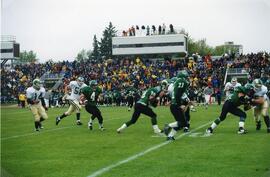
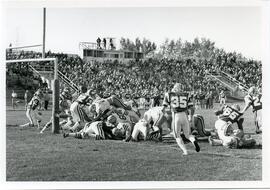
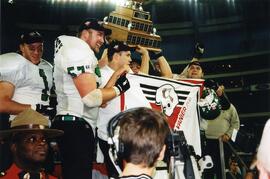
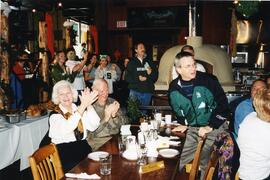
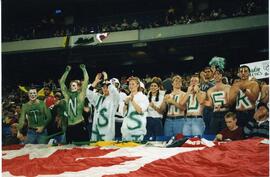
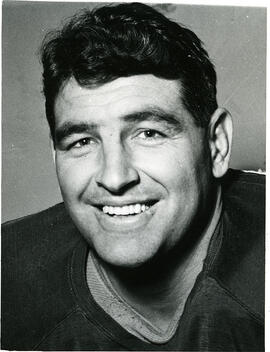
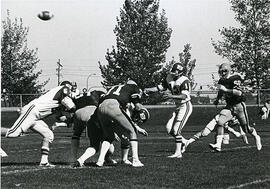
![University of Saskatchewan Rugby [Football] Team - Group Photo](/uploads/r/university-of-saskatchewan-archives/a/8/2/a828a5a5491b4fd03c16a6aa25df8b4e1e1344c50b4fb31af6bb161ac648d7f5/B-622_brighter_142.jpg)
